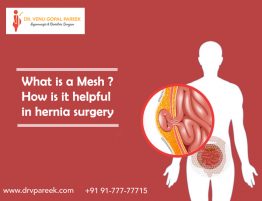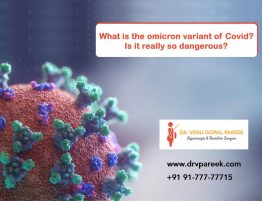
Internal haemorrhoids are masses of tissues located inside the anal cavity that consists of blood vessels, muscular tissue, and elastic fibres. While external haemorrhoids are characterized by enlarged blood vessels located around the anus.
Internal haemorrhoids become problematic if they grow large. There are several complications associated with internal haemorrhoids, which include bleeding, anal itching, prolapse, incarceration (move outside the anus), and gangrene or sepsis.
The major complication of external haemorrhoids is pain caused by blood clots in the hemorrhoidal blood vessels.
Sometimes haemorrhoids might be confused with other diseases like polyps, cancer, and skin diseases that cause similar symptoms. It is therefore vital to rule out other diseases of the anus and rectum at first.
Haemorrhoids treatment includes:

- OTC topical medications
- Sclerotherapy
- Rubber band ligation
- Heat coagulation
- Cryotherapy
- Anal dilation
- Doppler ligation
- Sphincterotomy
- and surgical hemorrhoidectomy.
Recent advancements in medical technologies led to a novel treatment procedure for haemorrhoids called a stapled hemorrhoidectomy.
Stapled hemorrhoidectomy for treating haemorrhoids
This surgery is a relatively new treatment for haemorrhoids, and it has quickly gained popularity as a first-line treatment for third-degree haemorrhoids. In this procedure, the haemorrhoids are not removed, but, rather, the loose and expanded tissue that caused the haemorrhoids to protrude downward is removed. When the blood supply to the hemorrhoidal tissue is terminated, the protruded mucosa will be pulled back to its place.
The surgical procedure of stapled hemorrhoidectomy involves inserting a circular, hollow tube into the anal canal. Through this tube, surgical equipment is introduced, a long thread, actually woven, circumferentially around the anal canal just as if it were a purse-string above the internal haemorrhoids. The suture ends are brought out of the anus with the help of a hollow tube known as an anoscope. The stapler used in the procedure is a disposable instrument, and it has a circular stapling tool at the end. This is often termed as PPH (procedure for prolapse and haemorrhoid) stapler.
The stapler is inserted through the hollow tube placed, and then the suture ends are pulled out. This allows to pull the enlarged tissue supporting haemorrhoids into the stapler jaws like a purse string. Then the hemorrhoidal cushions are repositioned within the anal canal to their normal position. Now the stapler is fired; in action, it cuts off the enlarged hemorrhoidal tissue trapped within the stapler. At the same time, the upper and lower edges of the dissected tissue were stapled together. It is recommended to press and hold the staple for one minute after firing it to stop capillary bleeding.

Stapled hemorrhoidectomy is usually reserved for treating third and fourth-degree grades of haemorrhoids. If any small external haemorrhoids cause problems, the condition may improve after the stapled hemorrhoidectomy. Another alternative is to completely remove the external haemorrhoids. In the case of large external haemorrhoids, both external and internal haemorrhoids may need to be removed surgically.
During a stapled hemorrhoidectomy, the arteries that supply blood to the enlarged hemorrhoidal tissue are cut. Therefore reducing the blood flow to haemorrhoids means reducing their size. Hemorrhoidal cushions are anchored in their normal position higher in the anal canal by scar tissue that forms when the cut tissues heal around staples. Until the tissue heals, staples are required. Then they eventually fall off and pass through the stool after a few weeks. Stapled hemorrhoidectomy is specifically designed for the treatment of internal haemorrhoids.
Stapled hemorrhoidectomy takes less time to perform compared to traditional hemorrhoidectomy, and it may take nearly 30 minutes when done by an experienced laparoscopic surgeon. It is less painful, and patients are able to return to work early compared to a traditional hemorrhoidectomy. Occasionally, patients may experience a feeling of fullness or pressure within their rectum, similar to having a bowel movement, but this usually subsides within a few days.
There are few risks involved in stapled hemorrhoidectomy; those include bleeding from the purse-string sutures, infection, tearing of the anal lining, narrowing of the rectal or anal walls as a result of scarring, the presence of internal or external haemorrhoids, and trauma to the rectal wall in rare cases.
Dr V Pareek, one of the best surgeons for haemorrhoid treatment in Hyderabad, understands that undergoing haemorrhoid surgery is stressful, so he always provides the best possible treatment for his patients regardless of its complexity. He is an expert and offers the latest cutting-edge surgical procedures, including minimally invasive surgeries, which can reduce hospital stays, recovery time and ease pain quickly.







